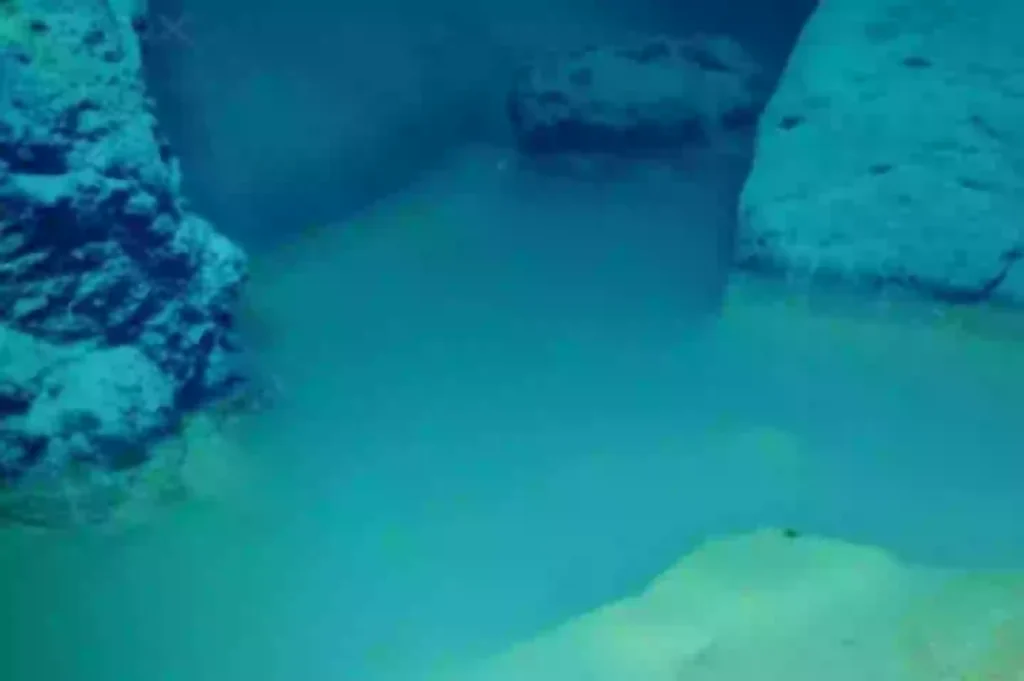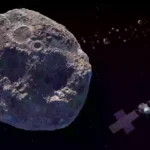So, why is this discovery significant?
Currently, scientists are aware of only a handful of deep-sea brine pools on Earth, with just three regions recognized for containing them: the Gulf of Mexico, the Mediterranean Sea, and the Red Sea.
The research indicates that the pools, referred to as ‘NEOM Brine Pools,’ extend the known range of Red Sea brine pools and provide a distinctive preservation environment for sedimentary signals related to local climatic and tectonic occurrences.
The location of these newly discovered brine pools has piqued the interest of researchers since prior findings in the Red Sea were located at least 15.5 miles offshore, whereas the Gulf of Aqaba’s pools are situated just 1.25 miles from the coast.
Purkis elaborated, “Typically, few organisms inhabit the seabed at such depths. Yet, the brine pools present a vibrant oasis of life, hosting dense microbial communities that sustain a variety of marine animals.”

The brine pools are a rare find (OceanX)
The research team discovered “fish, shrimp, and eels that appear to utilize the brine for hunting,” Purkis explained. “Any creature that ventures into the brine is instantly stunned or killed. Normally, these creatures disturb or disrupt the seabed sediments.”
“However, in the brine pools, sediment layers that settle on the pool’s floor remain remarkably preserved,” he added.
As reported by Indy100, this could eventually assist in simulating the ‘water worlds’ in our solar system, with the aim of reconstructing an ancient ecosystem that existed millions of years ago.

